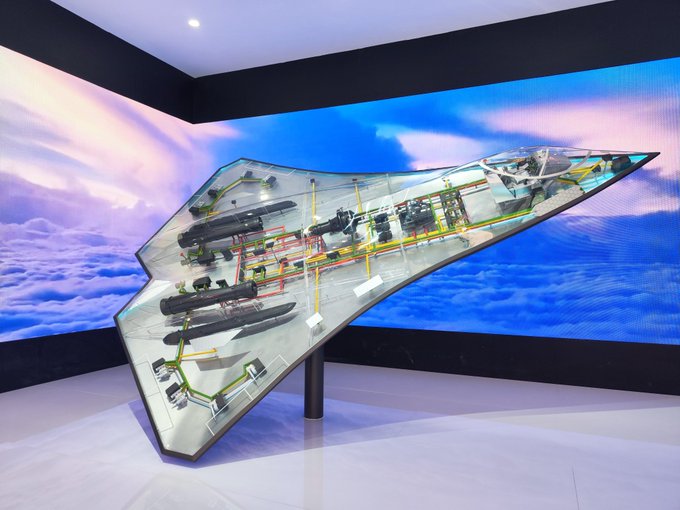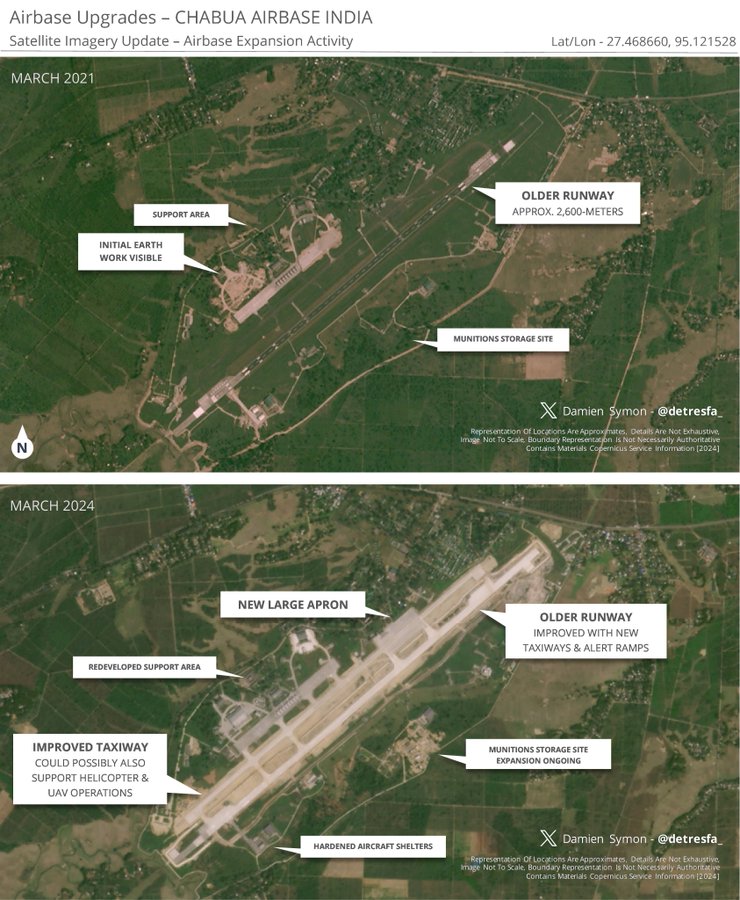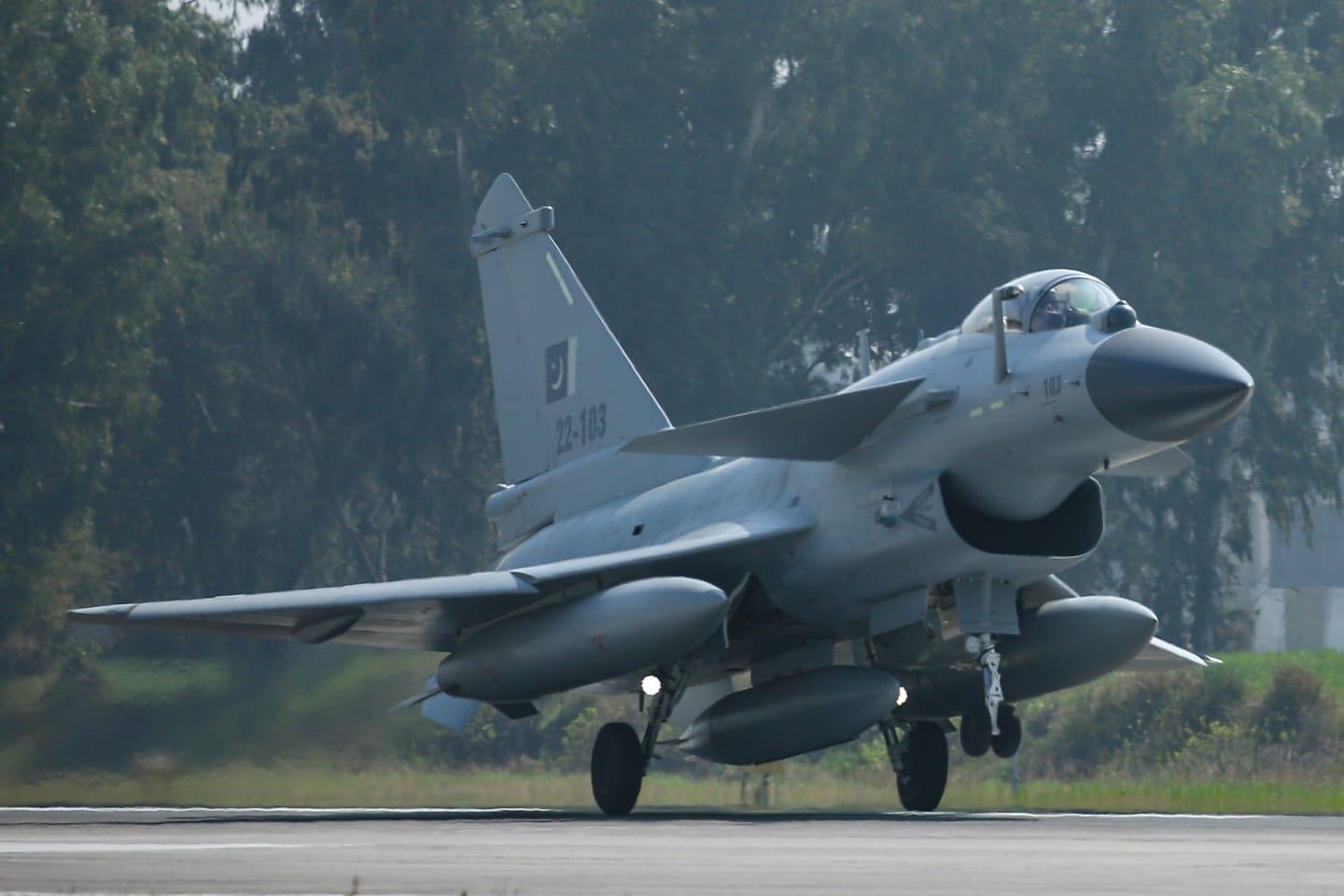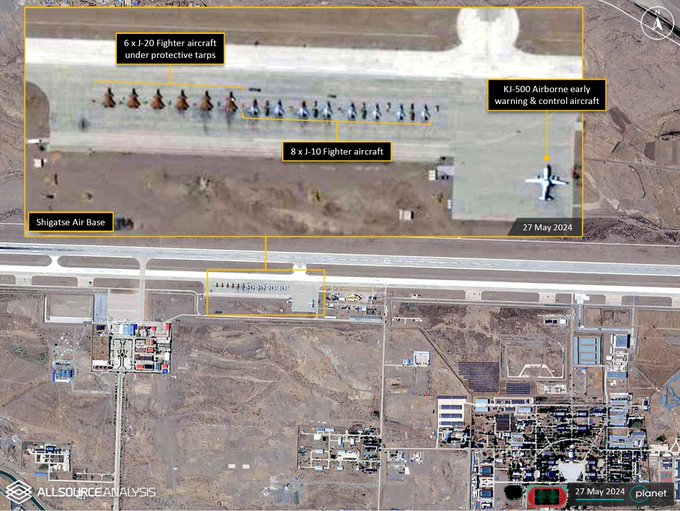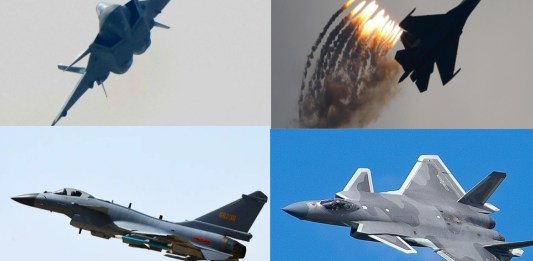Despite China's notorious secrecy surrounding its defense projects, there are signs of progress in developing a sixth-generation fighter jet. The clearest indication came from a January 2019 WeChat post by the Aviation Industry Corporation of China (AVIC). In an interview, Wang Haifeng, the chief designer at Chengdu Aerospace Corp., an AVIC subsidiary, revealed plans for a combat aircraft designed to "protect the sea and sky" by 2035.
Wang mentioned features such as manned-unmanned teaming, artificial intelligence, enhanced stealth, and omnidirectional sensors. In 2022, U.S. Air Combat Command’s head affirmed these efforts are "on track," noting that China views sixth-gen technology similarly to the U.S., emphasizing stealth, processing power, and reprogrammable open-mission systems.
Rick Joe, a Chinese military expert, now considers these sixth-gen efforts a confirmed program. Since 2019, there have been more indicators, including AVIC artwork of next-gen fighter designs, academic papers, and statements from officials. In October 2021, satellite imagery showed a tailless fighter-like airframe at Chengdu Aerospace facilities.
Joe reported that demonstrator testbeds, possibly subscale versions, have already flown. Without an official name, he referred to the aircraft as the J-XD, noting it might initially have less capable subsystems compared to U.S. equivalents but is closing the technological gap.
Sixth-gen fighters are expected to feature advanced aerodynamic design, radiofrequency materials, flight control software, sensing technologies, data-linking and combat-management systems, weapons, and integration with collaborative drones. Joe believes China is competing on par with other nations pursuing similar capabilities.
However, Brendan Mulvaney, director of the U.S. Air Force’s China Aerospace Studies Institute, expressed a more cautious outlook. While he acknowledges China’s potential to develop advanced fighters in the future, he doubts they have the capability today. He highlighted China’s challenges with jet engine development but noted significant improvements.
Mulvaney suggested that China's future fighter might be optionally manned, allowing for autonomous operations or serving as a loyal wingman. While Chinese drone technology is ambitious, it remains unclear how it will complement a sixth-gen fighter. Joe noted that current Chinese combat drones displayed at air shows are likely not representative of those intended for the People’s Liberation Army (PLA), which are probably more advanced.
The GJ-11 combat drone, unveiled in 2019, exemplifies China's progress in unmanned systems. Joe believes sophisticated combat drones are in advanced development or limited trial service. The J-20 fighter's twin-seat variant, designed for manned-unmanned teaming, could also contribute to these efforts.
If Wang's prediction of an operational sixth-gen fighter by 2035 is accurate, a maiden flight would need to occur by 2028, implying a prototype should be ready soon. While Joe is confident in this timeline, Mulvaney estimates China will reveal a meaningful design in the late 2030s or early 2040s.
